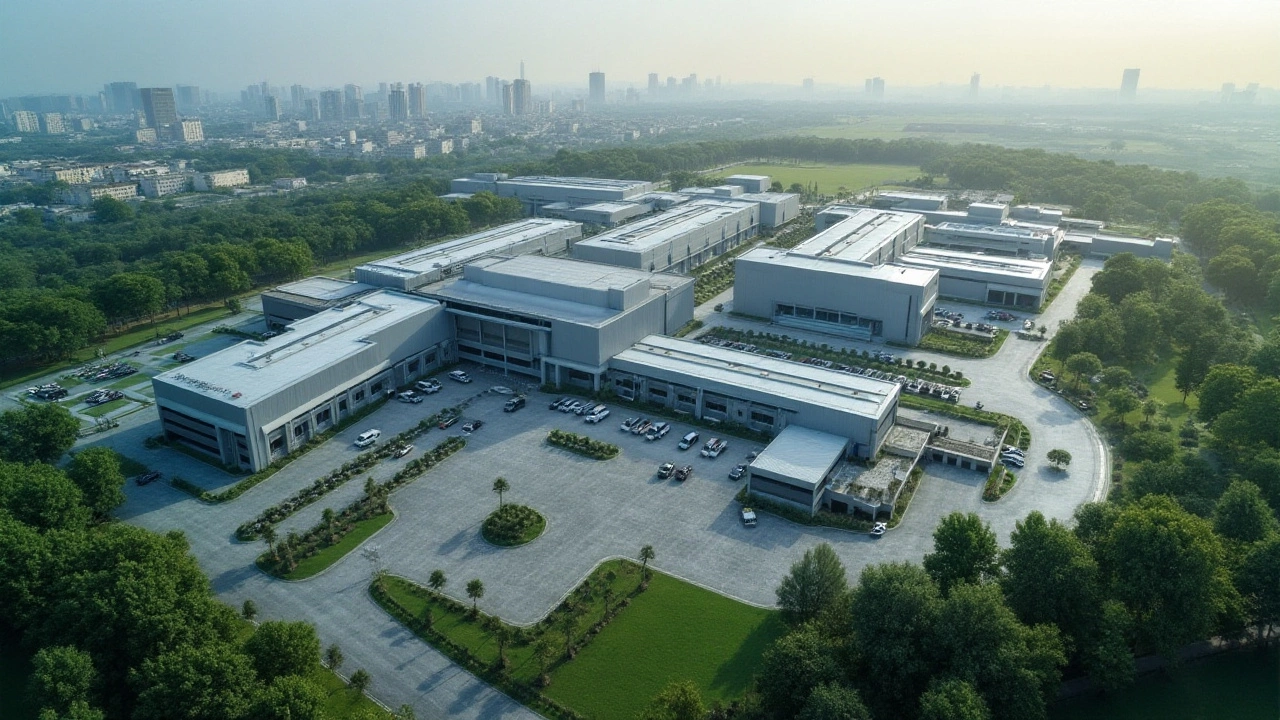Indian Pharmaceutical Industry: Growth, Trends, and Opportunities
India’s pharma sector is buzzing with activity. From low‑cost generic manufacturing to cutting‑edge biotech, the country is carving out a spot on the global stage. If you’re thinking about entering the market or partnering with local firms, you’ll want to know what’s driving this boom.
Why India Is a Pharma Powerhouse
First off, cost advantage matters. Labor, raw material sourcing, and regulatory fees are lower than in most western countries, which lets Indian manufacturers price drugs competitively. Add a massive pool of qualified scientists and engineers, and you have a talent engine that fuels R&D and large‑scale production.
The government backs the sector with policies like the Production Linked Incentive (PLI) scheme, which rewards companies for expanding export capacity and adopting advanced technology. That push has helped the industry’s export share climb to over 20% of global generic shipments.
Key Trends Shaping the Future
Digital transformation is reshaping how factories run. IoT sensors, AI‑driven quality control, and cloud‑based supply‑chain platforms are cutting waste and speeding up batch releases. Companies that latch onto these tools gain a clear edge in speed and compliance.
Biologics and biosimilars are another hot area. While generics still dominate, investors are pouring money into biotech parks and contract‑manufacturing organisations (CMOs) that can handle complex molecules. Expect to see more India‑based biosimilar approvals in the next few years.
Regulatory alignment with global standards is improving. More Indian plants are getting US FDA or EU EMA approvals, which opens doors to high‑margin markets. For partners abroad, this means easier access to trusted manufacturing sites.
Supply‑chain resilience gained focus after recent disruptions. Companies are diversifying raw‑material sources and building buffer stocks to avoid bottlenecks. Localising packaging and excipient production is becoming a strategic priority.
Lastly, sustainability is no longer a buzzword. Energy‑efficient reactors, water‑recycling systems, and greener waste‑management practices are being adopted to meet both regulatory pressure and customer demand for eco‑friendly products.
So, whether you’re a startup looking for a manufacturing partner, an investor scouting high‑growth segments, or a seasoned player expanding capacity, the Indian pharmaceutical landscape offers concrete opportunities. Keep an eye on policy updates, technology adoption rates, and export trends – they’ll guide your next move.

Comprehensive Guide to Cipla Manufacturing Plants in India
Cipla, a leader in the pharmaceutical industry, has several manufacturing plants distributed across India. These plants are strategically located to meet the growing demand for pharmaceutical products both domestically and internationally. Each facility is dedicated to specific processes including formulation, API production, and more. Understanding the distribution and specialization of these plants can help in grasping the scope and scale of Cipla's operations in India.
Read More